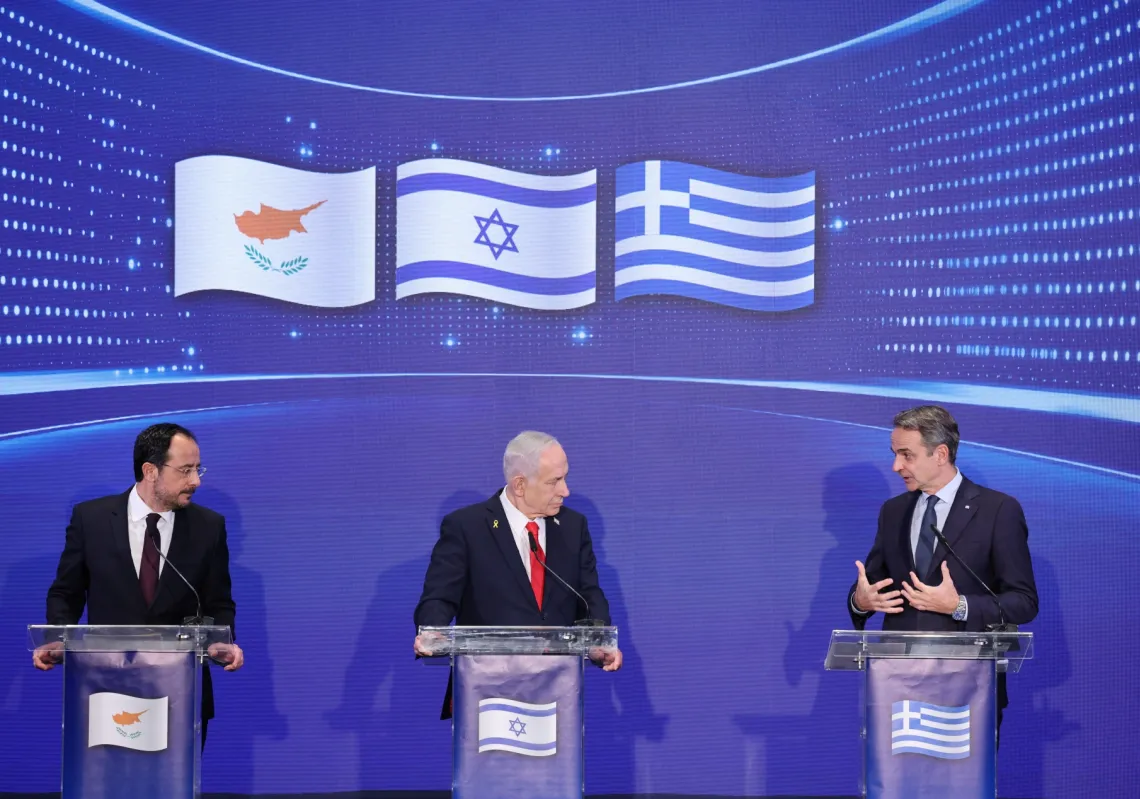I don’t think enough attention has been paid to US Central Command Commander Gen. Michael Kurilla’s public testimony on 23 March, in which he said that Iran-backed militias have attacked American troops in Syria 78 times since January 2021.
A day after Kurilla spoke, local fighters allied with Tehran’s Revolutionary Guards launched another attack with drones, killing a US contractor and wounding six other American service members.
At 2:40 a.m. local time, the United States dispatched F-15E fighter jets to the area and struck facilities allegedly used by the Iranian-backed assailants. The militias fired back with a volley of rocket and drone attacks against coalition bases.
U.S. Army General Mark Milley, the chairman of the Joint Chiefs of Staff, made an unannounced visit to a U.S. base in Syria to reaffirm his support for the nearly eight-year-old American mission there to prevent a resurgence of Islamic State https://t.co/pP8JbWhEsH pic.twitter.com/ggZaStv9uo
— Reuters (@Reuters) March 6, 2023
There is much to unpack in Kurilla’s remarkable statement, starting with the fact that the lethal attack against American personnel happened less than three weeks after US Chairman of the Joint Chiefs of Staff Mark Milley’s visit to northeastern Syria, which was specifically designed to assess force protection measures for the 900 US troops that are stationed in the country.

But beyond the irony of Milley’s brief stop in Syria, four key points can be gleaned from Kurilla’s powerful words and those of his staff.
US role remains relevant
First, if anybody in Washington or anywhere in the region had doubts about the strategic importance of the modest US troop presence in Syria, think again. Iran would not have relentlessly attacked US forces had their role been irrelevant.
Over the years, Iran has made no secret of its wishes to kick the US military out of the region. That remains a strategic goal of Tehran. But in Syria, specifically, Iran has every interest in ousting the Americans, who have been supporting the anti-Assad and Kurdish-led Syrian Democratic Forces (SDF), who control most of Syria’s oil resources.
Read more: Escalation in Syria comes amid regional détente
In addition to checking Iran’s negative influence, the US footprint is absolutely necessary to continue to fight the Islamic State, which according to Kurilla, still has tens of thousands of militants in Syria.
Most are in detention facilities throughout Syria, but many are at large as well, recruiting, indoctrinating, and launching attacks against collective security interests. If US troops leave Syria, you can expect an Islamic State 2.0.
Read more: Visit to IS camp stark reminder of hidden but ever-present terrorist threat
Second, the fact that Kurilla chose to go public with the number of Iranian-directed attacks against his men and women speaks volumes. I suspect he did that for two reasons.
The #US will send old A-10 attack planes to swap for more advanced combat aircraft in the #MiddleEast as part of efforts to shift more modern fighters to the Pacific and Europe to deter China and #Russia, the Wall Street Journal reports. https://t.co/iHlz8tBwqe pic.twitter.com/xrAmXL10Hj
— Al Arabiya English (@AlArabiya_Eng) March 23, 2023
One, he’s generally concerned that Washington will further trim CENTCOM’s posture in the Middle East to focus on the Indo-Pacific and Europe, thus affecting his stability and security cooperation operations and activities in the region (and right on cue, on the same day Kurilla presented on the Hill, US officials announced that the United States will replace advanced fighter jets in the region with aging A-10 attack planes).
Two, he’s worried that with Iranian violence escalating, CENTCOM’s forces, should they be reduced, will be extra vulnerable.
Third, CENTCOM spokesman Col. Joe Buccino mentioned that the United States responded only three times to the 78 attacks.
Why such an insignificant US response?
It’s possible that not all of those Iranian-supported attacks were serious or disruptive, and thus they didn’t necessarily merit a US response. Also, Washington possibly responded using non-kinetic and covert means, including cyber operations, but we just have no way of finding out.

But still, coming out and saying that CENTCOM responded only three times to those attacks represents a not-so-subtle message to the national security community in Washington that US Middle East policy under the Biden administration is effectively constraining CENTCOM’s retaliatory options and in many ways weakening deterrence.











